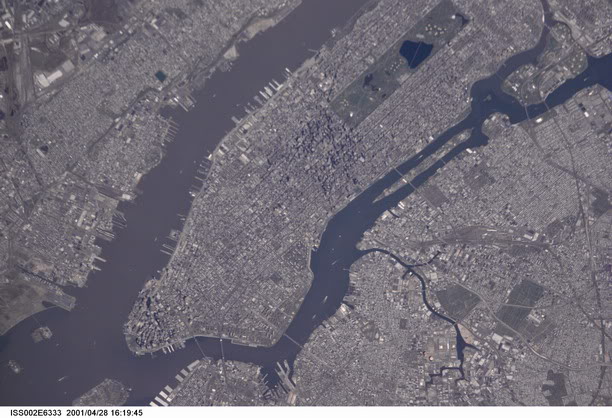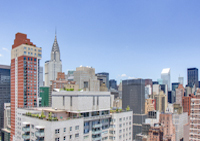 It’s an old story at this point, but if you’ve been following the Manhattan rental apartment market at all, you know the drill: vacancy is down, rents are up, new construction is scarce, and concessions are rare. Among the many explanations as to how we got here - and there are plenty - one of the most prominent is that Manhattan is a small island where space is limited, hence the lack of inventory. The reality is that this real estate platitude is a lazy way of analyzing our current market, one which obscures far more accurate explanations. For instance, the tight credit market for large new construction projects, government restrictions such as historic districts, and long-standing preconceived notions about certain Manhattan neighborhoods have a far greater influence on Manhattan’s rental apartment inventory than the size of the island.
It’s an old story at this point, but if you’ve been following the Manhattan rental apartment market at all, you know the drill: vacancy is down, rents are up, new construction is scarce, and concessions are rare. Among the many explanations as to how we got here - and there are plenty - one of the most prominent is that Manhattan is a small island where space is limited, hence the lack of inventory. The reality is that this real estate platitude is a lazy way of analyzing our current market, one which obscures far more accurate explanations. For instance, the tight credit market for large new construction projects, government restrictions such as historic districts, and long-standing preconceived notions about certain Manhattan neighborhoods have a far greater influence on Manhattan’s rental apartment inventory than the size of the island.
A cursory glance at the history of Manhattan’s West Side should be enough to dispell this myth. Aside from the established Upper West Side, an area that has been a residential destination for wealthy New Yorkers for over a century, developers left Manhattan’s West Side underdeveloped despite ample room to build. The area west of 10th Avenue in Clinton and Chelsea used to be an industrial wasteland bereft of new apartment buildings, but now look at it. Up and down the river, massive projects such as Riverside Center are emerging as some of the most popular in the city. West Chelsea is drawing massive amounts of attention from renters who want to live next to the High Line. 5 short years ago, no one was talking about West Chelsea as an attractive neighborhood for investment, but now new apartment buildings are popping up all over the place.
Similarly, Harlem was ignored for years, but for different reasons, reasons which are much more telling. Simply put, developers didn’t want to build there because they thought it wasn’t worth the money; rental apartments in Harlem were off the radar for new construction because developers didn’t believe that properties there would garner high enough prices to warrant significant investment. That all changed during the boom period of 2006 and 2007 when multiple newly constructed rental apartment buildings were built in the area. But it’s not as if this shift occurred because space suddenly opened up where none existed before. What changed was the perception and reputation of the neighborhood among both buyers and real estate developers in Manhattan. The same shift occurred in the Financial District over the past 10 years. Speaking of new construction, Columbia University’s new 16 building campus in Manhattanville may lead to a similar boom in the southern portion of Hamilton Heights. Uptown Manhattan as a whole could host countless new rental apartment buildings, if developers want to build them.
Ultimately, where there’s a will there’s a way, and the factors that limit construction and hence rental inventory in Manhattan are anything but geographical. There’s space to build here, but if developers can’t get financing because of a bad credit market or aren’t allowed to build because of the Landmarks Preservation Commission designated a neighborhood as a historic district, then it’s patently false to blame the size of Manhattan for the lack of inventory. Inventory here is flexible, but the city’s housing stock hasn’t caught up to its population, another major factor in the soaring rental market. So for those looking for new construction apartments in Manhattan, new opportunities on our island are on the horizon -- once developers catch on.





